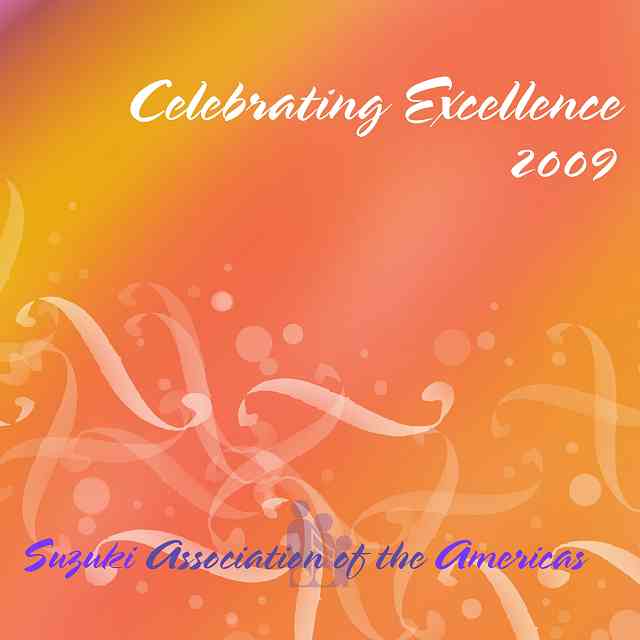
Last summer, focus groups at summer Institutes were asked to submit questions for a panel of “Suzuki Experts” to answer. This is the 10th installment.
Should you use the same bowings for both violin and viola especially when leading or teaching a group class—for example, in Hunter’s Chorus and Musette?
Yes, definitely use the same bowings for violin and viola, and most especially in a group class. You will find that there may be one or two students (of either violin or viola) that might be doing different bowings, but as we all know, students are so adaptable and quick to learn, that it is easy for them to all learn and use the same bowings.
How do you provide group classes to students when you are starting out and you may have all of the following:
- small number of students
- various ages
- transfer students with some knowledge
- various levels
- traditional students switching to Suzuki
Great question! This is certainly typical of many studios, both starting out and ongoing. I am assuming the question is in reference to a studio teacher, and not in combination with other teachers.
One suggestion is to gather them all together for play-ins to get acquainted and to get used to playing together. That format accepts all ages and levels. From there, you can see what breakdowns are appropriate; such as by pieces, or by ages, or if you teach several
instruments (especially violin and viola), by instrument.
Specifically, to answer the questions:
-
With a small number of students, consider having them all together. It is so wonderful for the younger ones to hear the more advanced students, and for the advanced students to keep up their review.
-
It can be a challenge for the teacher to combine students of various ages at the same playing level, with regard to communication skills. With a little effort on the teacher’s part to make each student feel like they are an important member of the group regardless of age, progress can happen.
-
When you have a transfer student with some knowledge, you might consider letting them know what is expected as far as review repertoire so they can fit in quickly and successfully in the group class.
-
Regarding various levels: one colleague has the students come to groups on a continuous schedule, adding more advanced as the day goes on, with great success.
-
If you have traditional students that are switching to Suzuki, you have a few more details, such as repertoire and memorization to include. Some teachers allow them to use music to participate in the groups, others use the opportunity of group participation as a motivation to get more pieces memorized.
Keep in mind that variety can be very useful in a multi-level program—play-ins, groups by piece levels, groups by age levels, and groups by instrument can all benefit the student’s progress.
—Expert of the Week, Betsy-Stuen Walker
See more Ask the Experts columns.







